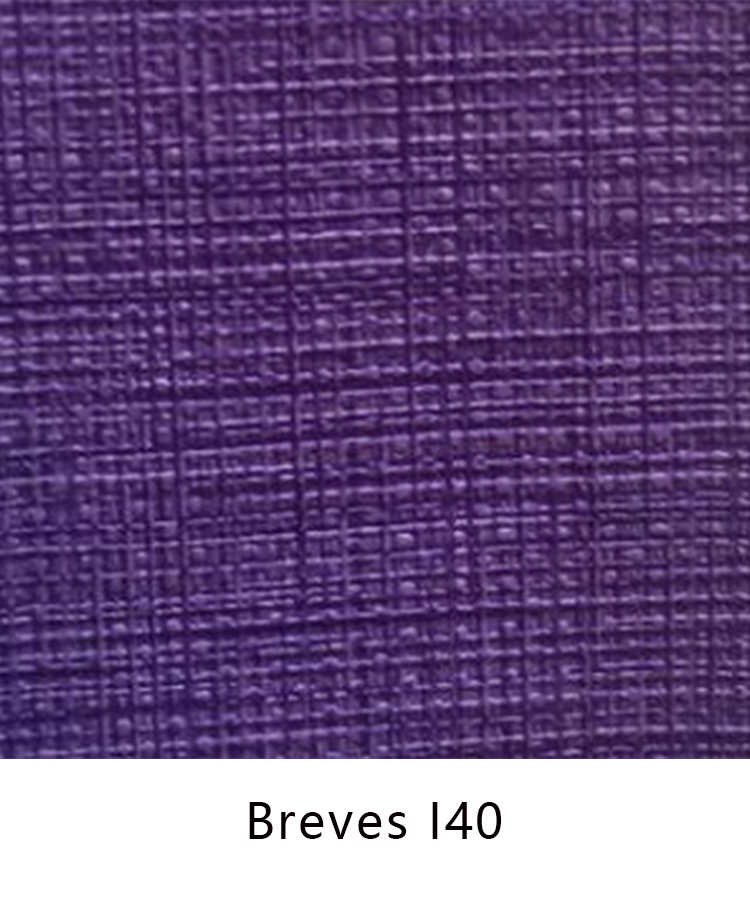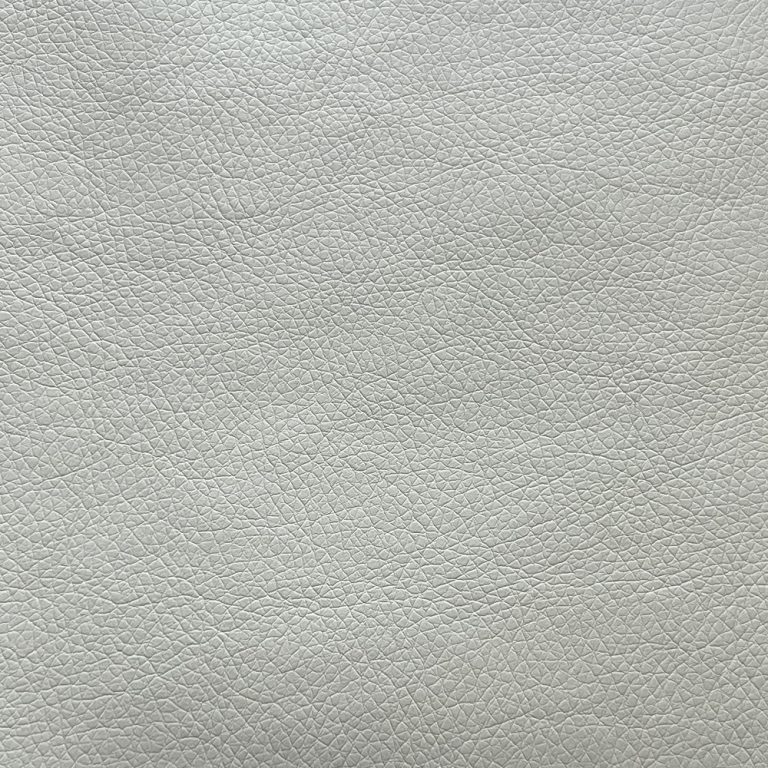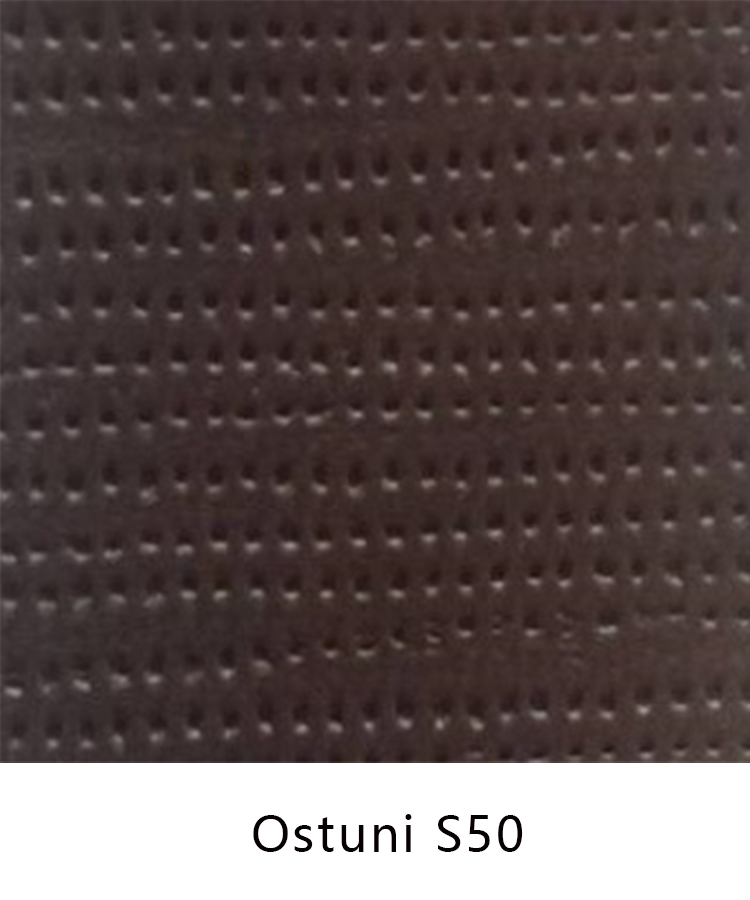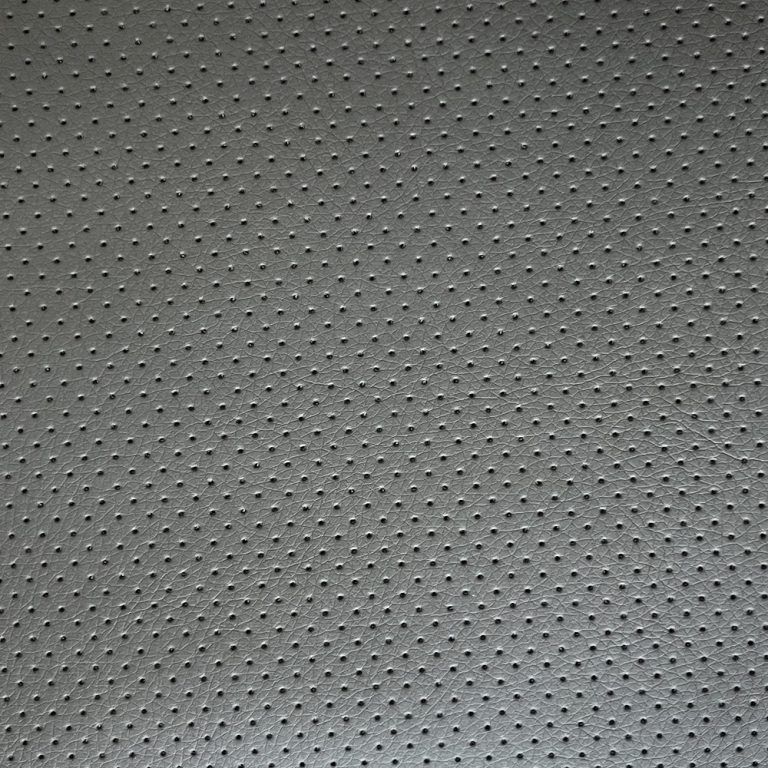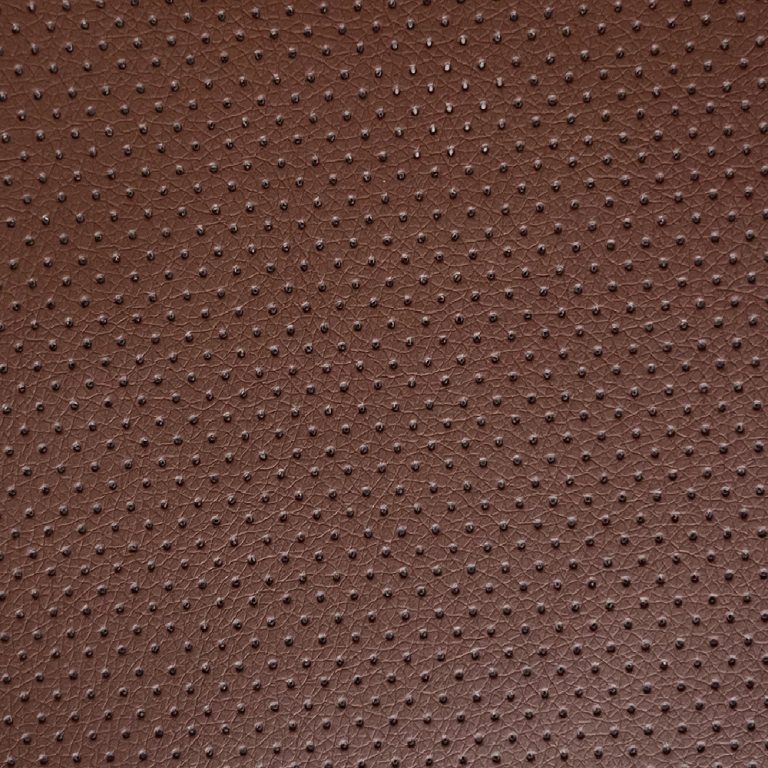Table of Contents
Advantages of Using Synthetic Leather in Shoe Making
Synthetic leather, also known as faux leather or vegan leather, has become increasingly popular in the fashion industry, particularly in shoe making. This material is made from a combination of plastic and fabric, creating a durable and versatile alternative to traditional leather. There are several advantages to using synthetic leather in shoe making, which have contributed to its rise in popularity among designers and consumers alike.
One of the primary advantages of synthetic leather is its affordability. Traditional leather can be quite expensive, especially when it comes to high-quality materials. Synthetic leather, on the other hand, is much more cost-effective to produce, making it a more budget-friendly option for both manufacturers and consumers. This affordability allows designers to create stylish and trendy shoes at a fraction of the cost of traditional leather.
In addition to being more affordable, synthetic leather is also more environmentally friendly. The production of traditional leather can have a significant impact on the environment, as it requires the use of chemicals and large amounts of water. Synthetic leather, on the other hand, can be produced using fewer resources and with less waste. This makes it a more sustainable option for those who are concerned about the environmental impact of their fashion choices.

Another advantage of synthetic leather is its versatility. This material can be easily manipulated and dyed to create a wide range of colors and textures, allowing designers to get creative with their shoe designs. Whether you’re looking for a sleek and polished finish or a more textured and rugged look, synthetic leather can be customized to suit your style preferences.

Synthetic leather is also incredibly durable and easy to care for. Unlike traditional leather, which can be prone to cracking and fading over time, synthetic leather is resistant to wear and tear. This makes it a great option for everyday shoes that need to withstand the rigors of daily use. Additionally, synthetic leather is easy to clean and maintain, requiring only a quick wipe down with a damp cloth to keep it looking its best.
| Nr. | Products |
| 1 | Shoe Upper |
One of the most significant advantages of using synthetic leather in shoe making is its cruelty-free nature. Traditional leather is made from animal hides, which raises ethical concerns for many consumers. Synthetic leather provides a humane alternative that allows individuals to enjoy the look and feel of leather without contributing to animal suffering. This has made synthetic leather a popular choice among those who prioritize ethical fashion choices.
In conclusion, synthetic leather offers a range of advantages for shoe making that make it a compelling alternative to traditional leather. From its affordability and sustainability to its versatility and durability, synthetic leather has become a go-to material for designers looking to create stylish and ethical footwear. Whether you’re in the market for a new pair of boots, sneakers, or sandals, consider choosing shoes made from synthetic leather for a fashionable and conscientious choice.
Sustainable Practices in Synthetic Leather Production for Shoe Making
Synthetic leather, also known as faux leather or vegan leather, has become an increasingly popular alternative to traditional leather in the fashion industry. With growing concerns about animal welfare and environmental sustainability, many shoe manufacturers are turning to synthetic leather as a more ethical and eco-friendly option for their products.
One of the key benefits of synthetic leather is that it is cruelty-free, as it does not involve the use of animal hides in its production. This is a major selling point for consumers who are concerned about the ethical implications of using real leather. Additionally, synthetic leather can be made to closely resemble the look and feel of genuine leather, making it a versatile and attractive option for shoe designers.
In recent years, there has been a push towards more sustainable practices in the production of synthetic leather. This includes using eco-friendly materials and processes to reduce the environmental impact of manufacturing. For example, some companies are now using recycled materials, such as plastic bottles or rubber, to create synthetic leather. This helps to reduce waste and lessen the demand for new resources.
Another important aspect of sustainable synthetic leather production is the use of non-toxic chemicals and dyes. Traditional leather tanning processes often involve the use of harmful chemicals that can pollute waterways and harm workers. By using safer alternatives, such as water-based dyes and natural tanning agents, manufacturers can minimize their environmental footprint and create a safer working environment for their employees.
Furthermore, some companies are exploring innovative technologies, such as bio-based materials and biodegradable synthetics, to create more sustainable synthetic leather. These materials are designed to break down more easily in the environment, reducing the amount of waste that ends up in landfills. By investing in research and development, manufacturers can continue to improve the sustainability of synthetic leather production and offer more eco-friendly options to consumers.
In addition to the environmental benefits, synthetic leather also offers practical advantages for shoe makers. It is often more durable and water-resistant than traditional leather, making it a popular choice for athletic and outdoor footwear. Synthetic leather is also easier to clean and maintain, as it does not require special treatments or conditioning to keep it looking its best.
Overall, the use of synthetic leather in shoe making offers a promising solution for those looking to reduce their environmental impact and support more ethical practices in the fashion industry. By choosing sustainable synthetic leather options, consumers can enjoy stylish and durable footwear without compromising on their values. As technology continues to advance and new materials are developed, the future of synthetic leather looks bright, offering endless possibilities for innovative and eco-friendly shoe designs.

